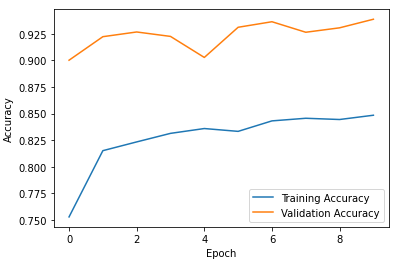Seed Quality Detection Using Deep Learning Though RGB Camera
DOI:
https://doi.org/10.62019/0t1qfy54Abstract
Maize plays a vital role in Pakistan's agriculture, but its seeds are susceptible to damage and mold during transportation and storage, making it essential to strengthen the quality identification of maize seeds to increase crop yield and quality. Conventionally, seed recognition has remained inefficient and subjective despite the improvement in machine vision technology and digital image processing method employed in agricultural context. However, seed testing is still the most important aspect of seed technologies. The project was to identify pure and broken seeds with the help of deep learning, with an RGB camera which had high precision, low error, and accurate outputs at minimum space and cost. In order to solve this issue, various CNN models were used to identify mixed maize seeds as pure or broken seeds whereby the accuracy rate of CNN Sequential Model, ResNet50 and VGG16 was 86%, 80%, and 93%, respectively. The seed identification with the CNN models was much better than the conventional methods, as the complex features of the seed images are extracted and this minimizes the subjectivity of the conventional methods. The achievements of the CNN models in the project demonstrate the potential of deep learning in the classification of mixed maize seeds as pure and broken. This advancement in technology of seed identification may be a major boost in the efficiency and reliability of seed tests in the Pak agriculture production sector.

Downloads
Published
Issue
Section
License
Copyright (c) 2025 Tehreem Fatima, Maleeha Saqlain, Sonia Raoof, Farwa Raoof, Nimra Razzaq, Zartasha Kiran

This work is licensed under a Creative Commons Attribution-NonCommercial-NoDerivatives 4.0 International License.






